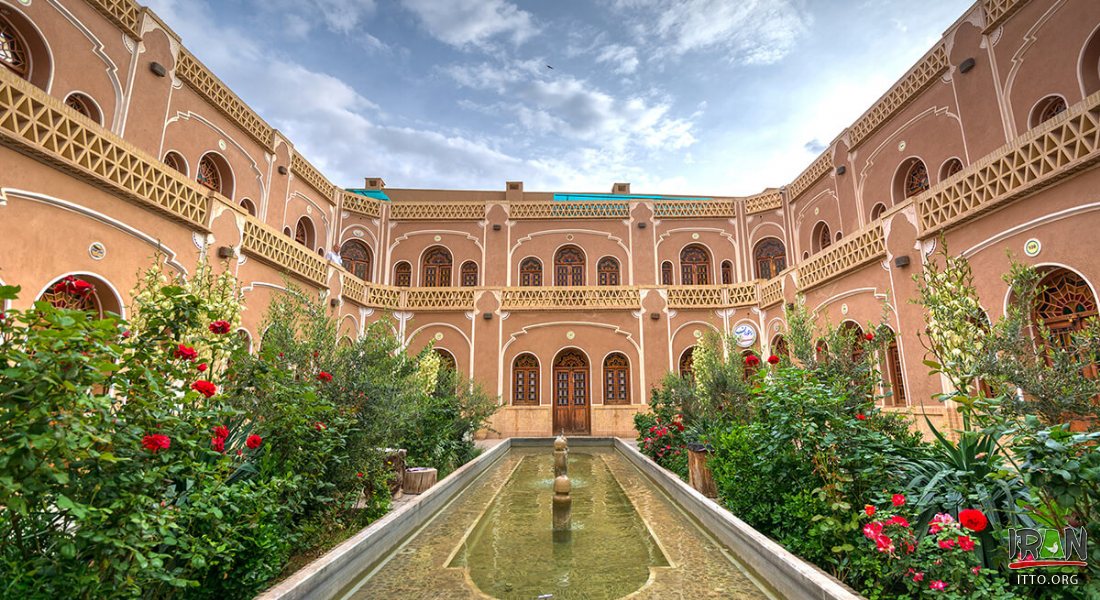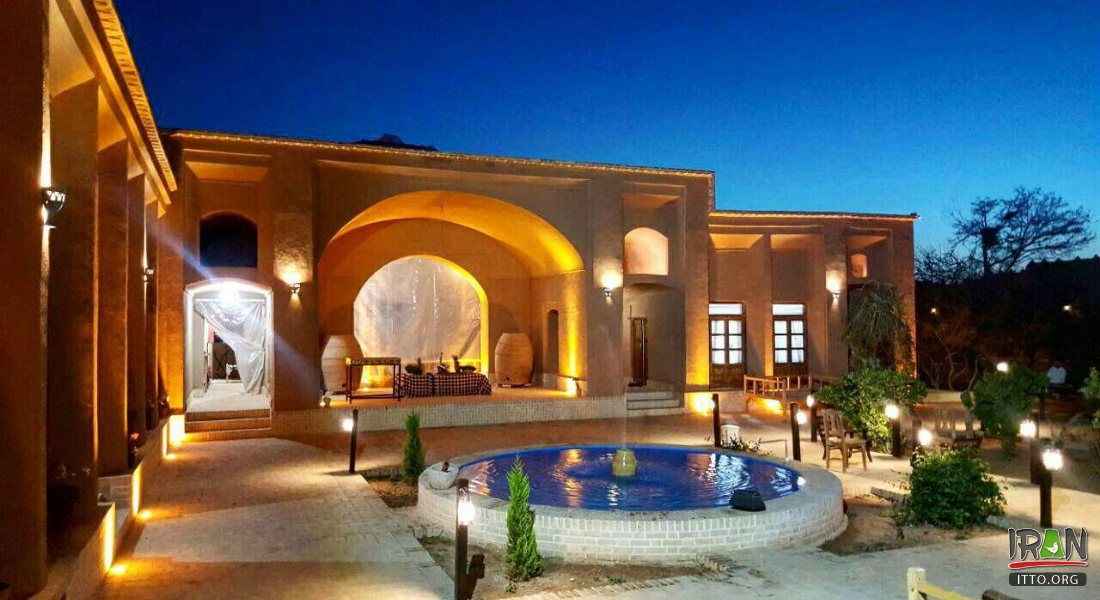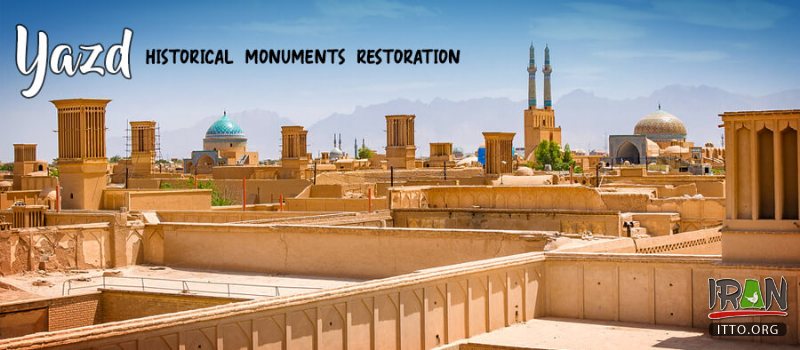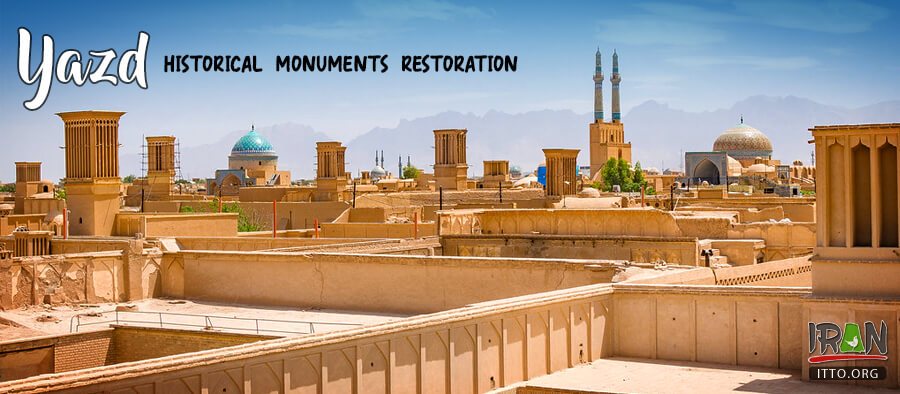Yazd’s tourism chief has said over 500
historical monuments and sites underwent restoration in the central Iranian province during the past Iranian calendar year (ended on March 20). “504 aging monuments and historical sites were restored in 1400,” Mr. A Shakeri said on Wednesday.
Moreover, cultural heritage experts of the province documented 3,000 relics, and restored 80 ones in the same period. In addition, 24 historical sites and buildings underwent monitoring to gain a deeper understanding of how they react against natural forces, the official noted.
A total of 88,972 people visited museums and historical sites across the province last year, he said, adding “A cultural heritage
museum opened to the public in the same period.”
On Monday, the capital city of
Yazd, which its historical core gains
UNESCO status, unveiled a new route to lead sightseers to its beating heart. The unveiling ceremony was attended by a host of provincial and local officials, academics, university students, tour operators, and other travel insiders.

Yazd, formerly also known as Yezd, is the capital of Yazd Province, located 270 km southeast of Esfahan.
According to the
Yazd tourism directorate, tourism itineraries in Yazd can be divided into three main categories; the historical core of the ancient city, ancient water management facilities and sites, and
Zoroastrians’ cultural sites.
In July 2017, the historical core of Yazd was named a
UNESCO World Heritage. Wedged between the northern
Dasht-e Kavir and the southern
Dasht-e Lut on a flat plain, the ancient city enjoys a very harmonious public-religious architecture that dates from different eras.
Yazd is regularly referred to as a delightful place to stay, or a “don't miss” destination by almost all of its visitors. The city is full of mudbrick houses that are equipped with innovative badgirs (
wind catchers), atmospheric alleyways, and many Islamic and Iranian monuments that shape its eye-catching city landscape.
Some say it is a living testimony to the intelligent use of limited available resources in the desert for survival. Water is brought to the city by the
qanat system. Each district of the city is built on a qanat and has a communal center.
Furthermore, the use of earth in buildings includes walls and roofs through the construction of vaults and domes. Houses are built with courtyards below ground level, serving underground areas. Wind-catchers, courtyards, and thick earthen walls create a pleasant microclimate.
The historical core of
Yazd is chockfull of mudbrick houses,
bazaars,
public bathhouses, water cisterns,
mosques, synagogues,
Zoroastrian temples, and the
historical gardens.

Rostagh Local Residence in Ashkezar Village
From the divine point of view, the city enjoys the peaceful coexistence of three religions: Islam, Judaism, and Zoroastrianism.
Furthermore, Yazd is home to numerous qanats which have supplied water to agricultural and permanent settlements for thousands of years. The man-carved underground qanat system, in fact, relies on snow-fed streams flowing down the foothills of surrounding mountains.
The earliest water supply to Yazd is estimated to date from the Sassanid era (224 to 651 CE). However, many others have been continually repaired and used over time, and most surviving
Ab-Anbars (traditional mudbrick cisterns) can be today traced to the late
Safavid and
Qajar periods.
In the realm of water management, Yazd Water Museum is a top destination devoted to the brave men who built such underground aqueducts in the past. Located in a restored mansion with a visible
qanat running underneath, the museum offers its visitors a fascinating glimpse into the hidden world of qanats through a series of photographs, exhibits, and architectural drawings.
It represents nearly 2000 years of unique irrigation structure that has been in operation, yet describes the drilling of mother wells and associated underground water networks stretched to the ancient city.





